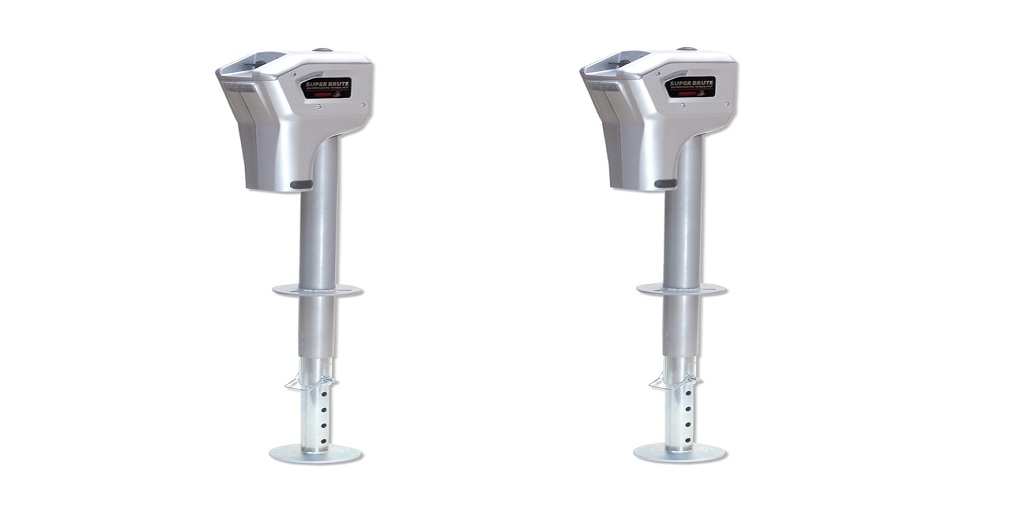Studies show that one in four Australian homes has installed rain water tanks. Over the recent days, the topic of rainwater tank installation has spiked to popularity. Also, rainwater harvesting is considered as a conscious step forward by every household to give their bit to the environment. Given the immense benefits of a rainwater harvesting tank, this project has experienced an overwhelmingly popular adoption. The top three benefits of rain water harvesting tanks include slashing the power bills, reducing the flooding, and vindicating water pollution.
How do rainwater harvesting tanks work?
Rainwater tanks collect rainwater from a given catchment area, usually the roof for example which is collected through pipes and let into the tank. This water will eventually funnel into the fixtures that are connected internally and will supply the water to the house as per the lines and connections created. Once the tank is filled, the excess water flowing out of the tank will reach the storm water drainage system. Let us now list some of the irresistible benefits of installing a rainwater harvesting system.
Reduces the costs of water bills
With a rainwater tank installed, you will bring down your degree of dependency on the main water supply for your home. A rainwater harvesting system can help lower the costs of water bills. This is highly true if you will discover ways to use the water collected thus for the highest water consuming tasks. Depending on how much water the roof can capture and the storage capacity of the tank, you can get the best value for your money invested on this project. It is advisable to use the harvested water to flush the toilets, gardening and do the laundry.
Giving your bit to the environment
By harvesting water, you minimize the strain on the waterways. This can help minimize the likelihood of local flooding. The result is lesser damage to the water bodies and lesser pollution. When more people adopt rainwater tank systems, the demand for the water from dams and reservoirs will come down leading to extending their use for the general public’s use during dry seasons.
Rebates by the state
Different states provide rainwater tank rebates. Households are eligible for rebates on the price of installation of rainwater tanks, diverters and pumps.
How to decide on the size of the tank for your home
To decide on the size of the tank, you must consider a few aspects like the climate in your area including the average rainfall, general usage, size of the roof, and space or local restrictions in vogue.
In order to gauge the size of the tank, you must multiply the area of your roof by the average rainfall in your area. This can represent the maximum amount of water you can capture. The formula is this. Amount of water you can capture = the roof area x average rainfall in your region.
You will also need to calculate the quantity of water your household uses per day to estimate how much of your water usage can the captured water cover. If you live in areas with frequent rainfalls, the ranks do not have to be bigger.
How to install rainwater tanks?
In some local councils, you must get the necessary approval for installing a rainwater tank. Professional rainwater tank installation companies can take care of the entire process for you from start to finish. They will also work with the process of getting rebates for your projects and suggest you the ways to get the most out of your budget.












